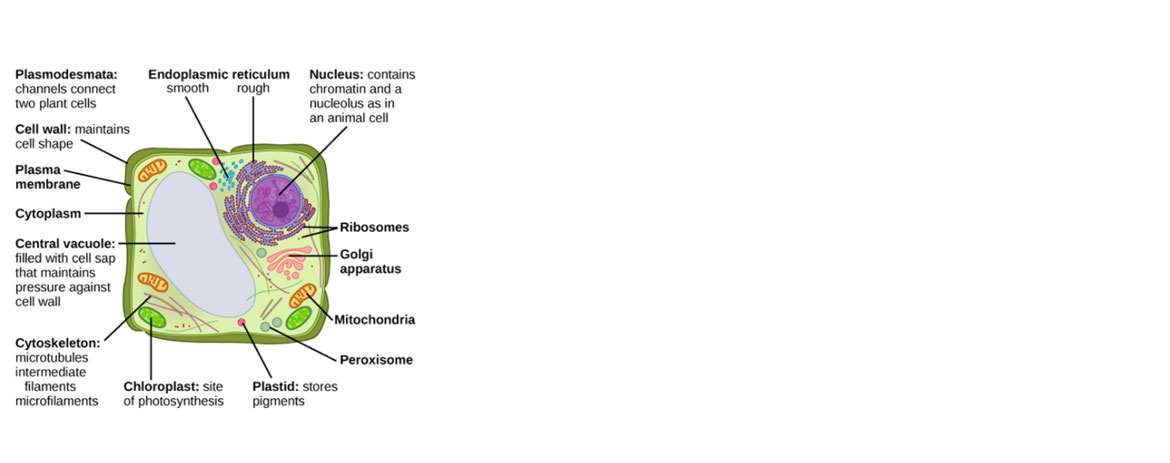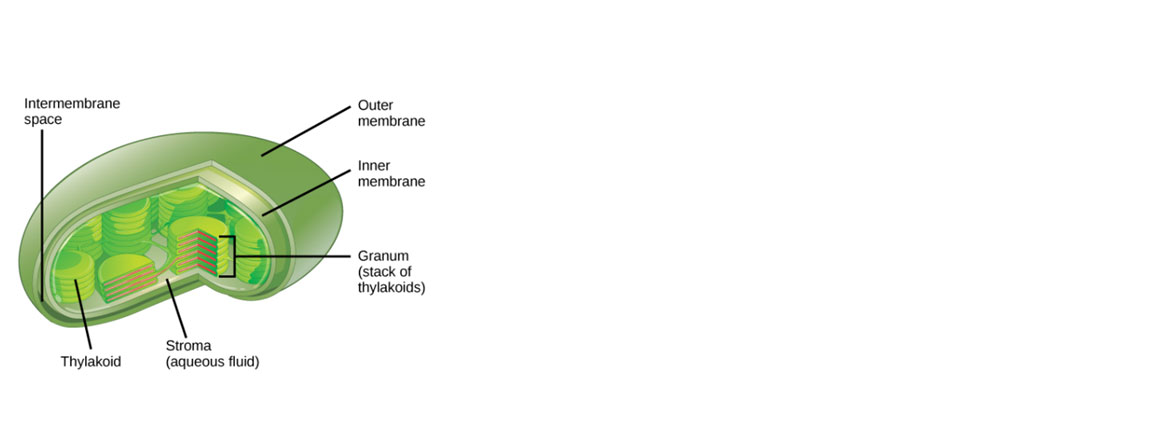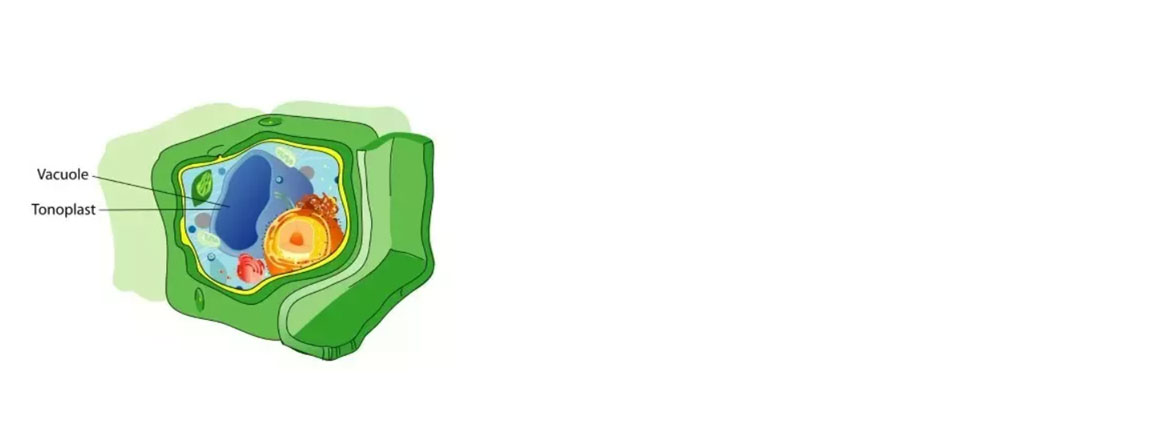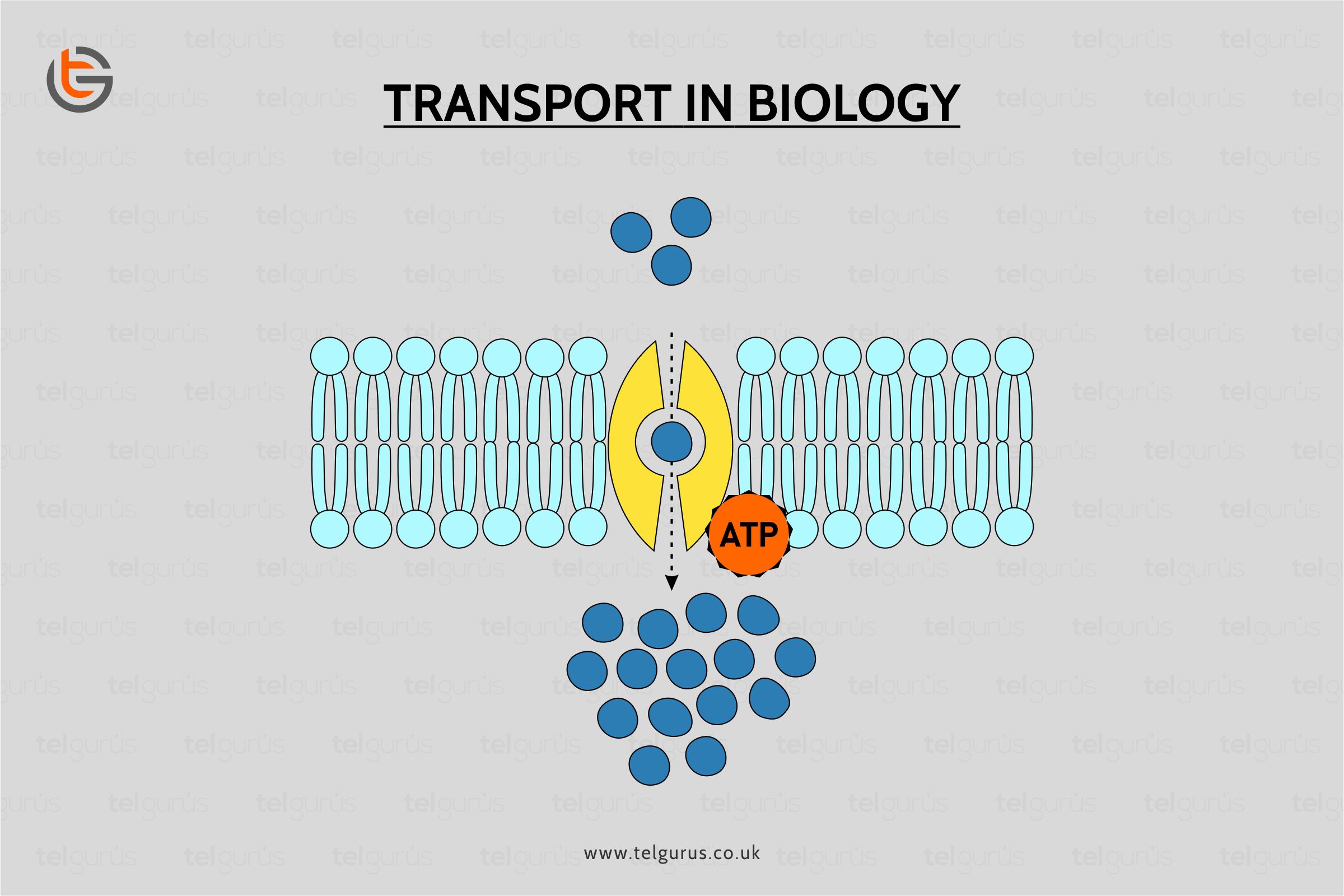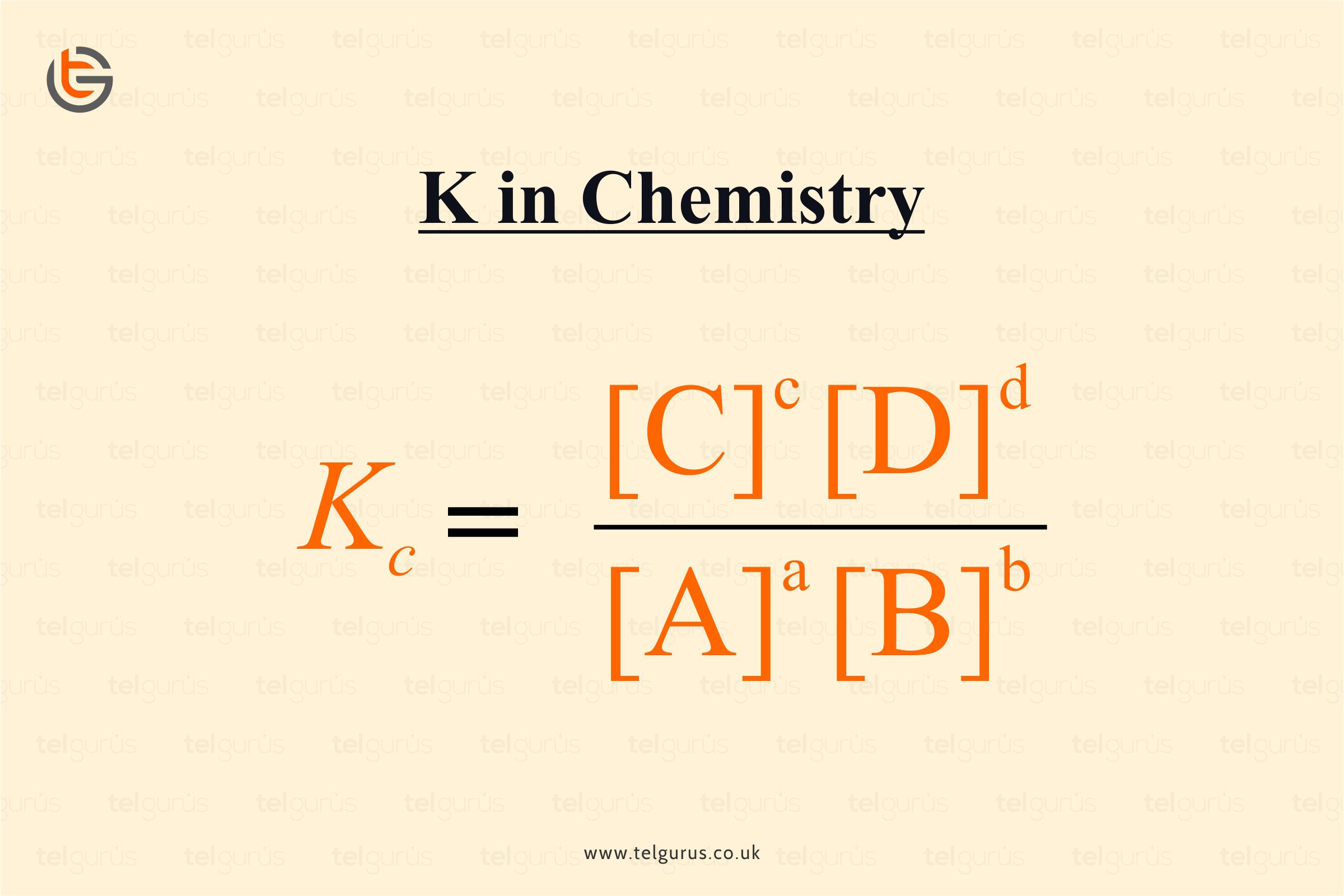Enrich your knowledge with our informative blogs
What organelles can be found in a plant cell but not an animal cell?
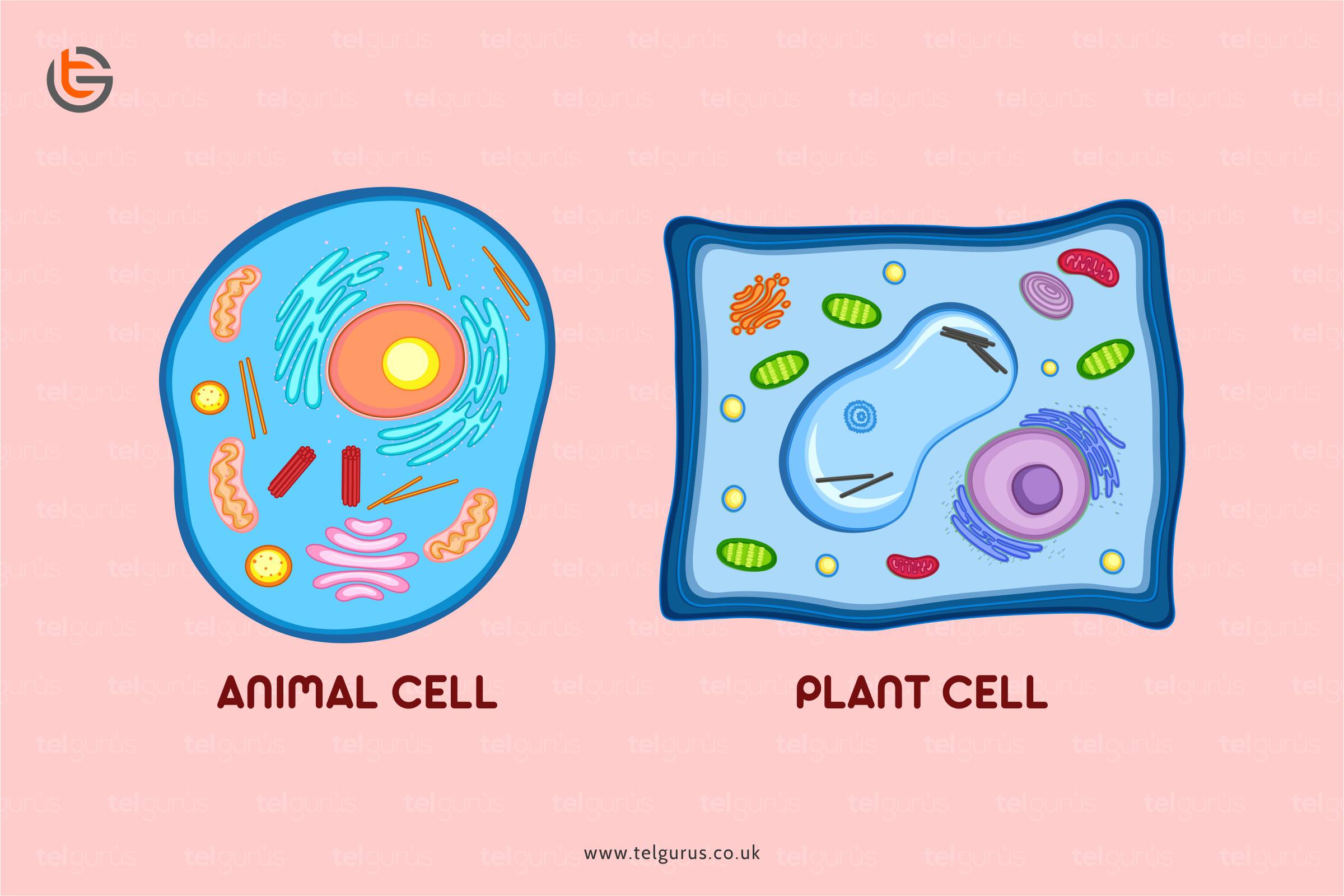
Organelles that can be found in a plant cell only are cell walls, chloroplasts, and vacuoles.
- The cell walls
A cell wall is a rigid covering that gives shape to the cell, provides structural support and protects the cell.
The cell wall provides extra support and strength to the plant cell so that it doesn’t burst while gaining water by endosmosis.
Since the prokaryotic cell wall’s major component is peptidoglycan, the chief organic molecule in a plant cell wall is cellulose, and a polysaccharide made of glucose unit’s straight and long chains.
- Chloroplasts
Chloroplasts have their own ribosomes and DNA. Photosynthesis takes place in chloroplasts.
These can be found in photoautotrophic eukaryotic cells like plants and algae.
In the photosynthesis process, water, light energy, and carbon dioxide are used to make oxygen and glucose.
And this is what marks the major difference between the animals and plants that plants are able to make their own food, and on the contrary, animals rely on other organisms for their food source.
The chloroplast comprises a green pigment known as chlorophyll. It captures the sunlight’s energy for photosynthesis.
- The vacuole
The vacuole is basically a bag-like structure containing fluid known as cell sap. Cell sap is a watery solution that is rich in amino acids, minerals, sugar, proteins, etc.
Vacuole stores several ions, enzymes, pigments, inorganic and organic substances. It also plays a significant role in osmoregulation.
Read More – Biology Questions
View More – Useful links for Your Child’s Development

Visualize the in-depth understanding of the natural world!
Biology would sound more interesting when your curiosity levels are satisfied with better visuals & logical explanations.
Categories
Recent Posts
- List of the qualities you should look for in your tutors?
- What is the most useful formulas in math?
- Describe the process of eating to defecation of food?
- Difference between the natural and artificial active response by the immunology system.
- Explain the different circle theorems
- How are nerve cells adapted to their function?
